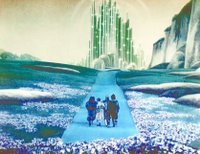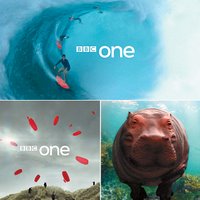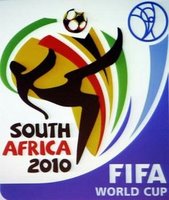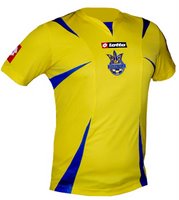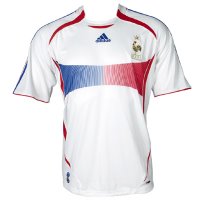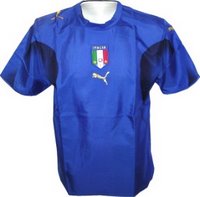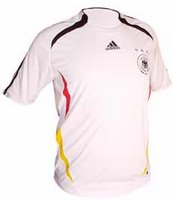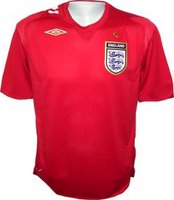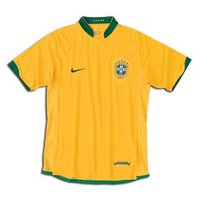
After months of media hype, yesterday saw the launch of
Kate Moss' range of Clothes at
Top Shop in Oxford Street, London.
Gauged by the long queues out of the shop, and the lengthy discussion on
Radio 1 (yawn) the range is a success, though I fail to see the attraction myself. I use a Mac every day, but that doesn't make me an Industrial designer.
Belatedly (IMHO) recognising the brand potential, her model agency
Storm commisioned a logo by by
Peter Saville and typographer
Paul Barnes. “Storm realised that the graphic responsibility of the brand was theirs, that we must bring it in house and then licence it to our partners, there must not be different representations of an identity of Kate Moss,” said Saville. In other words let's get in there quick so we can slap her name on anything that teenage girls buy.
Saville originally experimented with variations of Moss’ signature, but then abandoned this strategy and approached Barnes to discuss fonts. “He’s a wonderful guide to letters and was able to fast-track us to the suspects. ‘Kate’ was really easy - there were lots of fonts that worked with that. But ‘Moss’ was difficult, it kept slipping into
National Trust territory or and that was completely off-message.”
Barnes then suggested a variation on Brodovitch Albro, a typeface by
Alexey Brodovitch, the legendary art director of Harper’s Bazaar from 1934-58.
First impressions? Not impressed. I like the origins and that it links back to to magazines and fashion through Brodovitch's work, but that doesn't make a great logo. I generally love Saville's work, from the New Order covers to the
Design Museum's web site identity, but to me this harks back to late 80s typography, all style and no substance (maybe that's the point?). It just looks clunky. Admittedly I haven't seen it in context on a size zero Mini Dress but I like to leave that type of research to my wife. Michael Johnson from
Johnson Banks isn't sure either and the version they created is still available. A great alternative.
The branding of people, or people as commodities will only increase in these celebrity and ego obsessed times. Madonna has always treated herself as a brand, though without the need of a 'logo'. If there is any commercial mileage to be made from a personal badge, then it will be made. So I guess The Church will be next...












